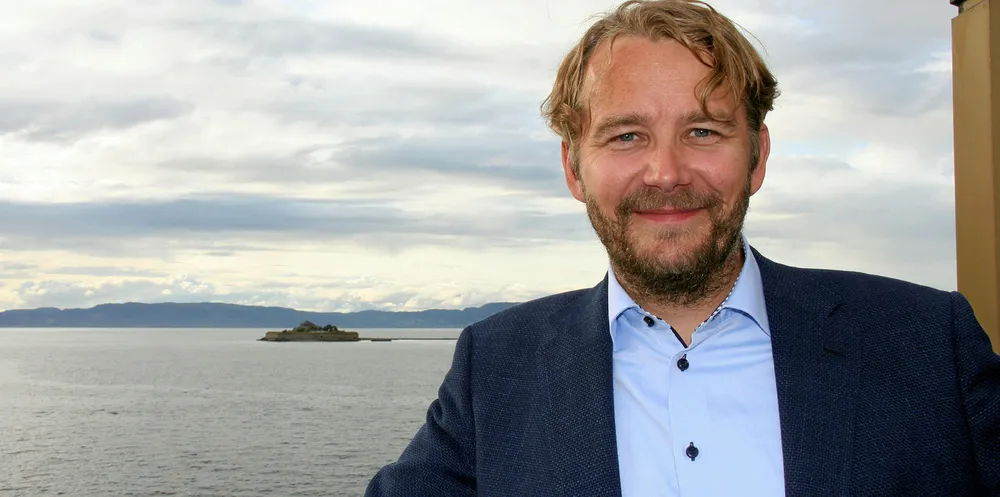Whole Foods salmon supplier betting on blockchain for competitive advantage
Kvarøy Fiskeoppdrett will gather information about the salmon it farms using data from all its suppliers.

Kvarøy Fiskeoppdrett will gather information about the salmon it farms using data from all its suppliers.
